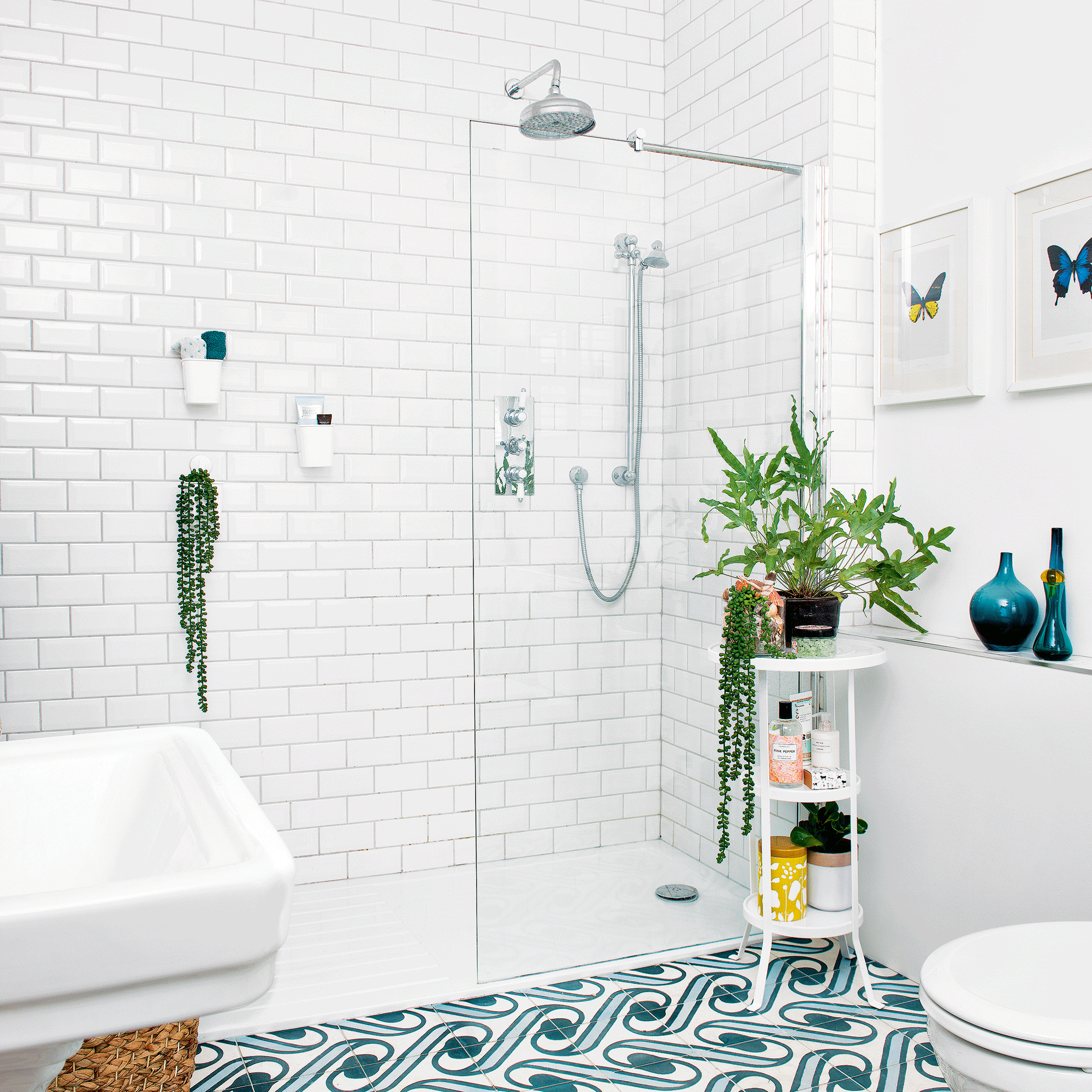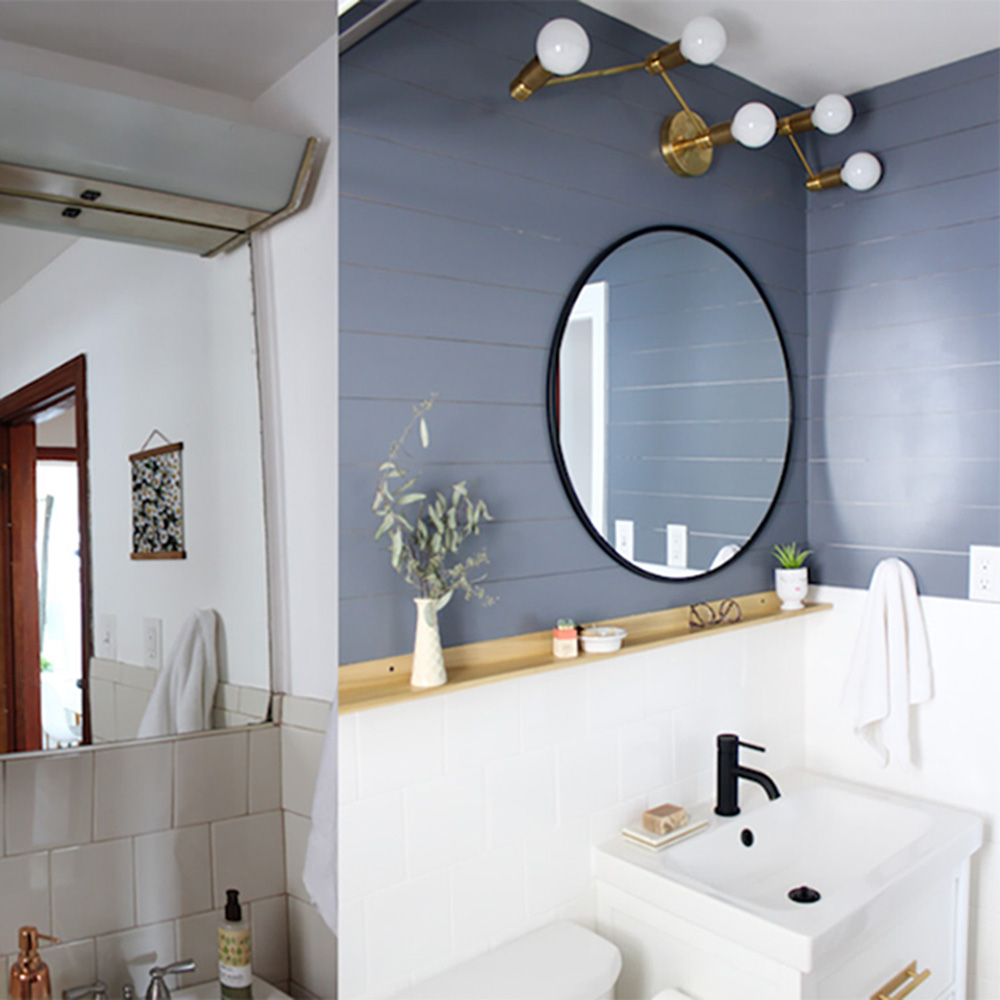Safety Concerns and Health Risks

While a freshly painted bathroom may look sparkling clean, it’s crucial to be aware of the potential health risks associated with showering in it. Paint fumes, especially those from certain types of paint, can linger in the air long after the painting is finished, posing health hazards, particularly in enclosed spaces like bathrooms.
Types of Paint That Pose the Greatest Risk
The types of paint that pose the greatest risk to your health are those containing volatile organic compounds (VOCs). VOCs are chemicals that evaporate easily at room temperature, releasing fumes into the air. These fumes can irritate the eyes, nose, and throat, and in some cases, lead to more serious health problems.
- Oil-based paints: These paints typically have higher VOC content than water-based paints and release stronger fumes.
- Epoxy paints: Often used for floors and countertops, epoxy paints contain VOCs and can emit strong odors during and after application.
- Polyurethane paints: These paints are known for their durability but also contain VOCs, which can be released for an extended period.
Symptoms of Paint-Related Health Issues, Can you shower in a freshly painted bathroom
Exposure to paint fumes can trigger a range of symptoms, depending on the individual’s sensitivity and the duration and intensity of exposure.
- Mild symptoms: These may include headaches, dizziness, nausea, eye irritation, and a runny nose.
- More severe symptoms: In some cases, exposure to paint fumes can lead to more serious symptoms like respiratory problems, skin irritation, and even neurological issues.
Minimizing Exposure to Paint Fumes
To minimize exposure to paint fumes and protect your health, it’s essential to take precautions both during and after painting.
- During painting:
- Ensure proper ventilation by opening windows and doors to allow fresh air circulation.
- Wear a respirator mask specifically designed for paint fumes.
- Avoid painting in enclosed spaces for extended periods.
- Use low-VOC or VOC-free paints whenever possible.
- After painting:
- Allow the paint to dry thoroughly before using the bathroom. The drying time varies depending on the type of paint, temperature, and humidity.
- Continue to ventilate the bathroom for several days after painting.
- Consider using an air purifier to help remove lingering fumes.
- If you experience any symptoms of paint-related health issues, consult a doctor immediately.
Ventilation and Drying Time: Can You Shower In A Freshly Painted Bathroom

Proper ventilation is crucial when painting a bathroom, as it helps to remove harmful volatile organic compounds (VOCs) released from the paint and ensure the paint dries effectively. Poor ventilation can lead to headaches, dizziness, and respiratory problems, especially in a confined space like a bathroom.
Drying Time for Different Paint Types
The drying time for paint depends on factors like temperature, humidity, and the type of paint used. Here is a table outlining the recommended drying times for different types of paint:
| Paint Type | Drying Time (at 70°F and 50% Humidity) | Ventilation Requirements |
|---|---|---|
| Oil-based paint | 24-48 hours | High ventilation |
| Latex paint | 1-2 hours (dry to touch), 24 hours (fully cured) | Moderate ventilation |
| Epoxy paint | 24-72 hours | High ventilation |
Maximizing Ventilation in a Bathroom
Here are some practical tips to maximize ventilation in your bathroom:
- Open windows and doors for maximum airflow, especially during the initial drying stages.
- Use a fan to circulate air, especially if the bathroom lacks natural ventilation.
- Consider using a dehumidifier to reduce humidity levels, which can slow down drying time.
- Avoid using the bathroom for at least 24 hours after painting, especially if you used oil-based paint.
Alternative Showering Solutions

If you can’t wait for your bathroom to fully dry after painting, there are several alternative showering options you can consider. These options minimize exposure to paint fumes and ensure you can maintain your hygiene.
Temporary Shower Areas
Creating a temporary shower area outside your bathroom can be a practical solution. This allows you to shower without waiting for the paint to dry completely.
- Outdoor Shower: If you have access to an outdoor space with a water source, consider setting up a temporary outdoor shower. This can be as simple as using a garden hose and a shower curtain. Make sure to choose a location that provides privacy and protection from the elements.
- Shower Tent: A shower tent provides a portable, enclosed space for showering. These tents are often lightweight and easy to set up. Look for tents with a waterproof floor and a ventilation system to prevent moisture buildup.
- Shower Stall: A temporary shower stall can be constructed using shower curtains, PVC pipes, and clamps. This option provides a more permanent solution for showering outside the bathroom.
Portable Showers
Portable showers offer a convenient and self-contained showering solution. They are ideal for situations where access to a traditional shower is limited.
- Solar Showers: Solar showers utilize the power of the sun to heat water, making them an environmentally friendly option. They typically come with a bag that you fill with water and expose to sunlight.
- Battery-Powered Showers: These showers use a battery-powered pump to circulate water. They are compact and easy to transport.
- Camping Showers: Camping showers are designed for outdoor use and are often lightweight and collapsible. They are ideal for travel or camping.
Shower Curtains
Using a shower curtain in your bathroom can help minimize exposure to paint fumes while you shower.
- Plastic Shower Curtain: A plastic shower curtain is the most common type and is readily available. Choose a shower curtain with a good seal to prevent water from escaping.
- Fabric Shower Curtain: A fabric shower curtain can provide a more aesthetically pleasing option. However, ensure it is water-resistant and easy to clean.
Cleaning Up Paint Spills and Splatters
It’s inevitable that some paint might spill or splatter onto the shower area during the painting process.
- Clean Up Immediately: The sooner you clean up paint spills and splatters, the easier they will be to remove.
- Use a Damp Cloth: For wet paint, use a damp cloth to wipe away the excess.
- Use a Paint Remover: For dried paint, use a paint remover specifically designed for your type of paint. Follow the manufacturer’s instructions carefully.
- Avoid Abrasive Cleaners: Avoid using abrasive cleaners or harsh chemicals, as they can damage the shower surface.
Can you shower in a freshly painted bathroom – While it’s tempting to hop in the shower after a fresh coat of paint, it’s best to wait a few days. The paint needs time to cure and harden, and showering too soon can cause the paint to chip, peel, or even become moldy.
To ensure your bathroom stays fresh and beautiful, choose the right type of paint specifically designed for moist environments, like those discussed in this article about paint for moist bathrooms. By following these guidelines, you can enjoy a beautifully painted bathroom that stands up to the challenges of moisture and humidity.
While it’s tempting to hop into a freshly painted bathroom, it’s best to wait a few days before showering. The paint needs time to cure, and a hot shower can cause the paint to soften and even peel. To enhance the look of your bathroom, consider incorporating different paint textures for bathroom , which can add visual interest and hide minor imperfections.
Once the paint is fully cured, you can enjoy your beautifully finished bathroom without worrying about damaging the paint job.